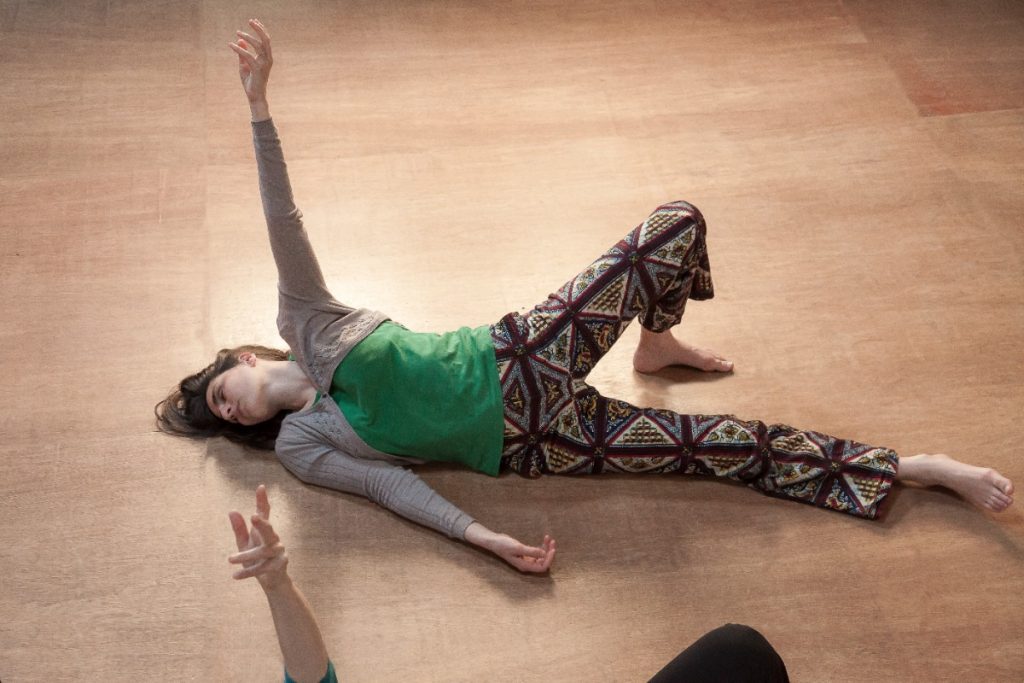Sustainability is an important theme. How can we all prevent further exploitation of our beautiful Earth? My work revolves around the same topic but directed at ourselves. How can we deal with ourselves so we don’t exploit or misuse our beautiful bodies further?
“Misuse?” I hear you think: “I misuse and/or exploit my body?” Yes, indeed, there is much we are unaware of. Habits we’ve had for years. To change them, you first need to notice and recognize them. How do you know you aren’t treating yourself well? If you regularly have complaints based on your daily life, you know things aren’t really going well for you. This could be for example because you sit working at your computer for hours on end. Or you notice it through injuries during or after physical exertion, or if you feel that your balance is gradually decreasing.

An Example from Practice
John, an athlete with a lot of enthusiasm, perseverance, and joy in his sport, keeps getting stopped by pain and/or injuries. After a series of different treatments, Jan wants to see if he can change something in what he’s doing. He finds something about the Feldenkrais Method and makes an appointment with me. What I see and feel in Jan is that he tenses his muscles far too hard. In fact, all his muscles are constantly hard at work. That’s the baseline tension upon which he then performs all his actions. I call that living in wind force 9. So, there isn’t much room left in your muscles to tense further up, if you’re already using so much force at rest. No wonder sports activities that demand extra strength from the muscles lead to overload and complaints.
I noticed this myself when I constantly had complaints. I always called it having a headwind, and when swimming: it feels like swimming in thick syrup instead of water. Most off the time I relatied it to environmental factors, but it was my own muscle activities working against me rather than with me.
Sounds Simple, Just Learning to Relax, Right?
With Feldenkrais movements, you’re not looking for relaxation. It can be the result of the movements. The goal of Feldenkrais lessons is to regain the natural cooperation that makes movements simple, light, easy, and beautiful to watch. All movements are performed by countless muscle groups. But how can you make them work together so it feels light and easy?
Learning to Feel and Be Aware of Your Skeleton
Feldenkrais lessons ask you to pay attention to how the different body parts move relative to each other. If you focus more inwardly and follow your bones in their movement relative to each other, you can fully trust your brain to engage the right muscles with the right and most efficient strength. That just happens. It works on the cooperation between your movement intention and feeling. That’s how it works in your brain. If you think you must consciously tense your muscles or if you move according to instructions from your thinking, you override this system in your brain. Then more and more disturbances occur in that natural cooperation. Muscle strength builds on muscle strength, and you end up in wind force 9 or even more.
Is It That Simple?
Well, there is more to it. For example, it asks you to start feeling when you experience less headwind or when the movements are actually more rigid, moving more against resistance. That’s why we mostly move lying down in the lessons because you can more easily feel those differences. And there are many beliefs that hold you back from changing. For example, sitting ‘straight’ or standing ‘straight’. If you belief that has a specific model, it will always be challenging to stay in that model, for example, shoulders back. Your posture can entirely be regulated in more unconscious parts of our brains if you can allow yourself to be supported by the floor or the chair seat. And if you can fully surrender to gravity and focus more on your skeleton. Your skeleton is your support system, your muscles are your movers, which can relax more if you let the skeleton do its work.
I often see people change enormously after a few individual lessons and/or a few seasons in the weekly group lessons. Jan is also enjoying sports again.
If you recognize something from this story or if it raises any questions, respond in the comment field.

No comments yet.